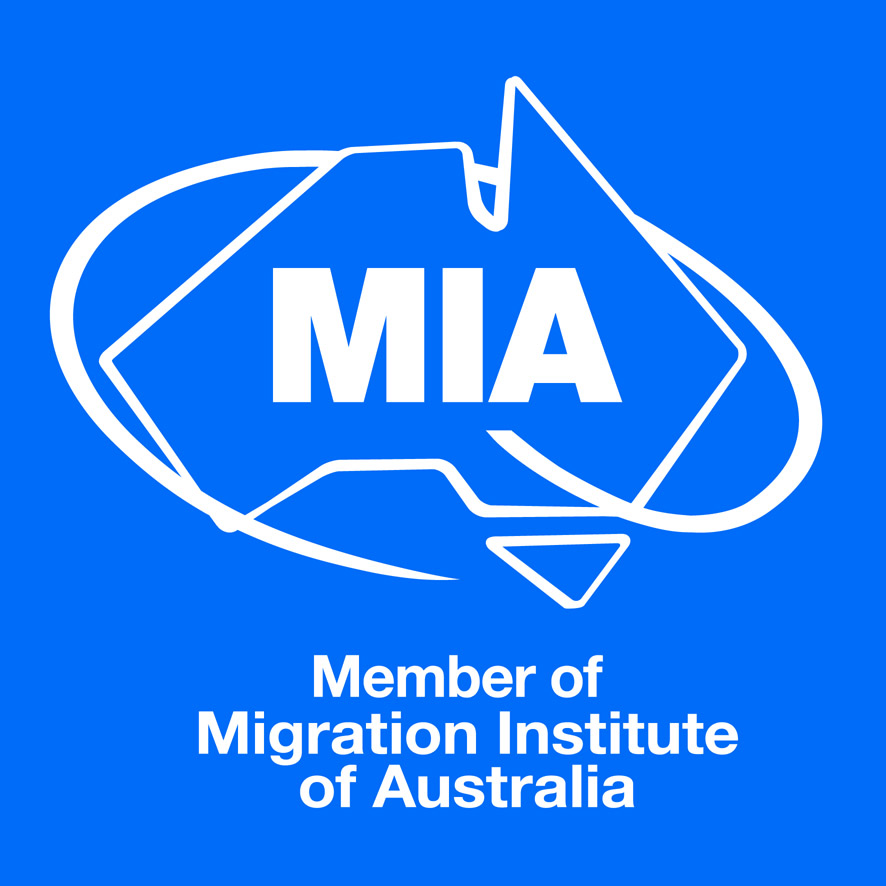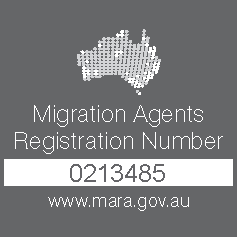In the last week, Immigration Minister, David Coleman announced the introduction of three new Designated Area Migration Agreements (DAMA).
While the primary aim of these agreements is to get more migrants living in regional areas to help fill skills shortages and to help relieve pressure on infrastructure in major cities such as Sydney and Melbourne they also support the growth of these areas.
Of these new agreements, two apply to South Australia and one applies to the Western Australia Goldfields. Until now, the Northern Territory was the only region to have this five year agreement with the Commonwealth.
These DAMAs will see each of these states benefit economically as well as assist certain industries in filling employment gaps unable to be occupied by local workers. These arrangements will potentially see in excess of 300 people be sponsored in these regions in over 60 occupations including mining, engineering, agriculture, forestry, construction, childcare and health to mention a few. These new DAMA agreements will hopefully provide a foundation for businesses to access a range of skills to meet workforce requirements which ordinarily would have resulted in shortages.
How do these agreements work?
Migrants will be offered skilled employment in these regional areas in a range of industries. If a migrant moves to a regional area and complies with the agreement they are then eligible to apply for permanent residency. As a result of being a part of this agreement, the application process for permanent residency will be somewhat easier.
Why wouldn’t migrants take up this offer?
While these agreements and the resulting ‘fast track’ to permanent residency seem appealing, there are other drawbacks.
These regional areas don’t have the infrastructure of the major cities nor do they have the hospitals and schooling options that are often the draw card of larger cities. The regional areas that migrants are being asked to locate to don’t have these resources as they haven’t had the population to support them and as such this raises many questions. If the population in these regional areas increases, will the existing services be able to support the population growth? Do these regional areas look at increasing their resources prior to a population increase or do they wait to see if the population grows enough to justify adding more services? Will public transport in these areas be improved?
The point of these Designated Area Migration Agreements is to encourage more migrants to move to regional areas. Is the carrot the Immigration Minister is dangling enough to achieve this?
If you would like to learn more about Designated Area Migration Agreements or any other migration issues, contact the VSA team today. It is a complex subject so it is important to speak with someone in the know.







